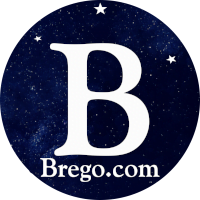Popular Web3 Programs and Their Features
Web3 programs are rapidly becoming the new standard for software applications, as these are designed with a decentralized and open source model. Unencumbered by traditional legacy systems and architectures, web3 applications offer higher levels of efficiency, scalability, and flexibility. In addition, Web3 frameworks and protocols are now available that allow developers to rapidly build and deploy a wide range of different applications.
In this article, we’ll take a look at some of the most popular Web3 programs and their features. From decentralized exchanges (DEX) that power token trading, to social networks that provide a...
Related Posts
Recent Posts
-
-

-

-
-

-

-
Beyond the Hype: Ozempic facts and numbersOct 30, 2023 | News on Web3 Programs
-
Top 5 Books to Create Killer Web3 ProgramsOct 20, 2023 | Web3 Program Books
-
 The Evolution of Web3: A Comprehensive OverviewOct 5, 2023 | Web3 Basics
The Evolution of Web3: A Comprehensive OverviewOct 5, 2023 | Web3 Basics -
 An Introduction to Web3 Programs and DappsSep 7, 2023 | Web3 Basics
An Introduction to Web3 Programs and DappsSep 7, 2023 | Web3 Basics -
 How to Set Up Your First Crypto WalletAug 25, 2023 | Web3 Basics
How to Set Up Your First Crypto WalletAug 25, 2023 | Web3 Basics -
Innovation and the Future of Web3 ProgramsApr 15, 2023 | Web dApps





